April is Credit Union Youth Month, and Carolina Trust is celebrating in full swing like we do every year. This year's official youth month theme is "Save Small. Dream Big. at your credit union™, and one day you may have enough to fulfill a financial dream!" This theme makes saving for the future fun and encourages younger members to create financial dreams and work hard to see them through.
Youth Month is a great annual opportunity to engage with our young members and teach them about important financial topics. Taking topics like credit, investing, and budgeting and putting them into terms that kids can understand can be tricky, so I'm here to help!
In this blog post, I will show you how you can teach the kids in your life about investing.
Start With the Basics
As kids start to become aware of money and financial concepts, it is wise to begin familiarizing them with investing and teaching them practical tools that they can take into their adult lives. When teaching them about investing, it's best to start with the basics.
Stocks
Stocks are a share in the ownership of a company. In the financial world, stocks are considered a high-risk investment; however, the potential for high return comes with that risk. Explain that a stock's value can go up or down, depending on how a company is doing.
In kid terms, when you buy stock in a company, you become one of several owners in that company. Whether the business you purchased stock in is successful or unsuccessful determines whether you'll get your money back and how much money you will get back. If the company does well, you do well. If the company goes under, so does the money you invested in the stock.
Build a Mock Portfolio
Once you've fully explained stocks, you can build a mock portfolio to show them in action. Have the child you're working with make a list of their favorite companies. Let them get ideas by looking through the fridge, their closet, toy box, etc. Add well-established companies that they know, such as Disney, McDonald's, and Coca-Cola. Once you've created your list (portfolio), write down the current stock price of each company.
Follow Your Stocks Together
Each week, check the stock price for each company on your list and record the latest prices. Talk about the changes you see and what things the company might be doing that are causing the change. Did Disney release a new top-selling movie? Has McDonald's added a new milkshake flavor to the menu?
Do the Math
After you've been following the market for a while and keeping up with the companies in your portfolio, do the math. Pretend you bought a few shares in the companies in your portfolio. Record how much you paid per share when you first started following and compare how much they're worth after a few weeks. Show how much you've made or lost, and figure your return percentage. Not only does this help teach the child you're working with about investing, but it's also a great way to work on their math skills.
Of course, there is much more to investing than these simple steps; However, teaching kids the basics at an early age is a great way to spark their interest and give them the tools they need to be good investors in the future.





